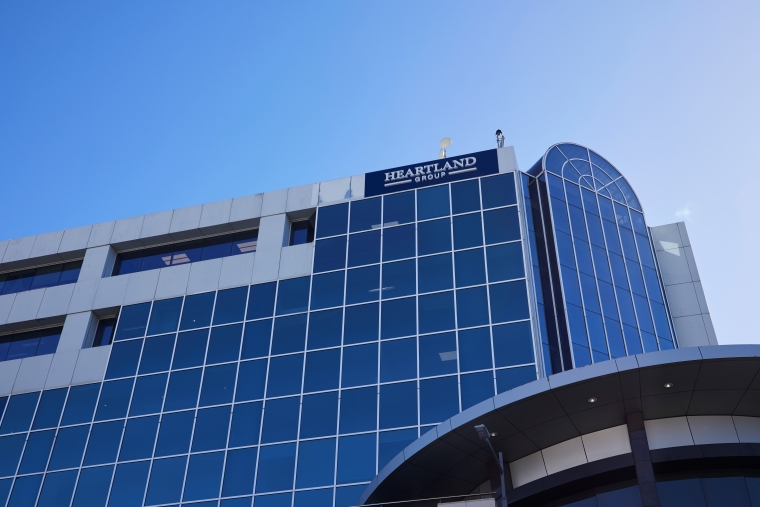
UPDATED to include commentary by Heartland CEO Andrew Dixson.
Heartland Bank beat guidance with a $46.9 million June-year underlying profit and is targeting at least $85 million in the June 2026 year.
The bank declared strong growth its reverse mortgages (RM) book on both sides of the Tasman and pressed ahead with measures to address asset quality in areas of its New Zealand lending portfolio.
CEO Andrew Dixson said the 15.5% growth rate of reverse mortgage loans during the year was sustainable, and could rise in future years.
He pointed to the bank's assessment that the total market opportunity for reverse mortgages (homes owned by those aged 60 or over) was $170 billion in New Zealand and A$660 billion in Australia.
The bank's investor presentation shows Australia’s 65+ population is projected to grow from 4.75 million currently to 7.0 million by 2040, a 47% increase.
The figures for New Zealand are 900,000 currently to 1.3 million by 2040, a 44% increase.
Other factors were a sustained build-up of home equity through house price inflation, increasing mortgage debt for over-60s and the potential of RMs to relieve the burden of servicing that debt, and growing issues with the affordabiity of retirement village living.
Net profit after tax was $38.8 million, down from $74.5 million in the June 2024 year.
The bank's overall net interest margin rose by 17 basis points to 3.56% and it ended the year with exit margins of 4.13% in New Zealand and 3.59% in Australia.

"The introduction of more prescriptive collections and recoveries policies in 2H2025 has had a positive effect on asset quality and recovery outcomes, exceeding Heartland's initial expectations," the bank said.
"Overall asset quality is improving and Motor Finance arrears are now performing better than the industry average."
Heartland's NZX release said it "prioritised capital efficiency" during the year, "restoring a superior margin" and actively derisking its lending portfolios.
The bank released a further $103 million from its NSA (non-strategic asset) portfolio, comprising business and rural relationship loans, home loans and other property loans.
The remaining balance of $365 million is projected to reduce to zero in the June 2026 quarter.
The largest component - home loans, at $172 million at June 30 - was "running off very quickly," Dixson said, as loans reach refixing dates.
Operating expenses were up $53.2 million, or 38.1%, to $192.5 million, "primarily due to non-repeating benefits " in FY2024, "the cost base of the authorised deposit-taking institution (ADI)," and "subsequent costs related to regulatory requirements following the ADI acquisition, hiring for growth, and software-related costs."
Group net interest income (NII) rose by $29.7 million, or 10.7%, to $307.3 million.
In New Zealand NII edged ahead 0.9%, to $212.4 million. The Australian bank's NII rose by 40%, to A$86.5 million.
The New Zealand bank's reverse mortgage book grew by 15.5%, or $165 million, to $1,233 million.
The Australian reverse mortgage book grew by 18.5%, or A$309 million, to A$1,980 million.
"Each bank will prioritise growth and innovation in Reverse Mortgages to retain its leading position and increase competitive advantage in markets with significantly untapped potential," Heartland said in a presentation accompanying its results.
Heartland said it intends to present updated long-term "ambitions" with a five-year horizon, "with a continued focus on capital efficiency" and "a bias to growth in reverse mortgages."
Heartland's FY25 investor presentation can be found here.
3 Comments
Reverse Mortgages look to be going gangbusters and have far less collection issues then vehicles.
Going to be massive in Aussie
I assume a way lower structural cost business as well
will the big banks enter to harvest their portfolios?
Market likes the news. Shares +4.9% today
Good job. They also own nearly 10% of Harmony which is up 20% today after a fantastic set of results.
I own shares in both.

We welcome your comments below. If you are not already registered, please register to comment.
Remember we welcome robust, respectful and insightful debate. We don't welcome abusive or defamatory comments and will de-register those repeatedly making such comments. Our current comment policy is here.